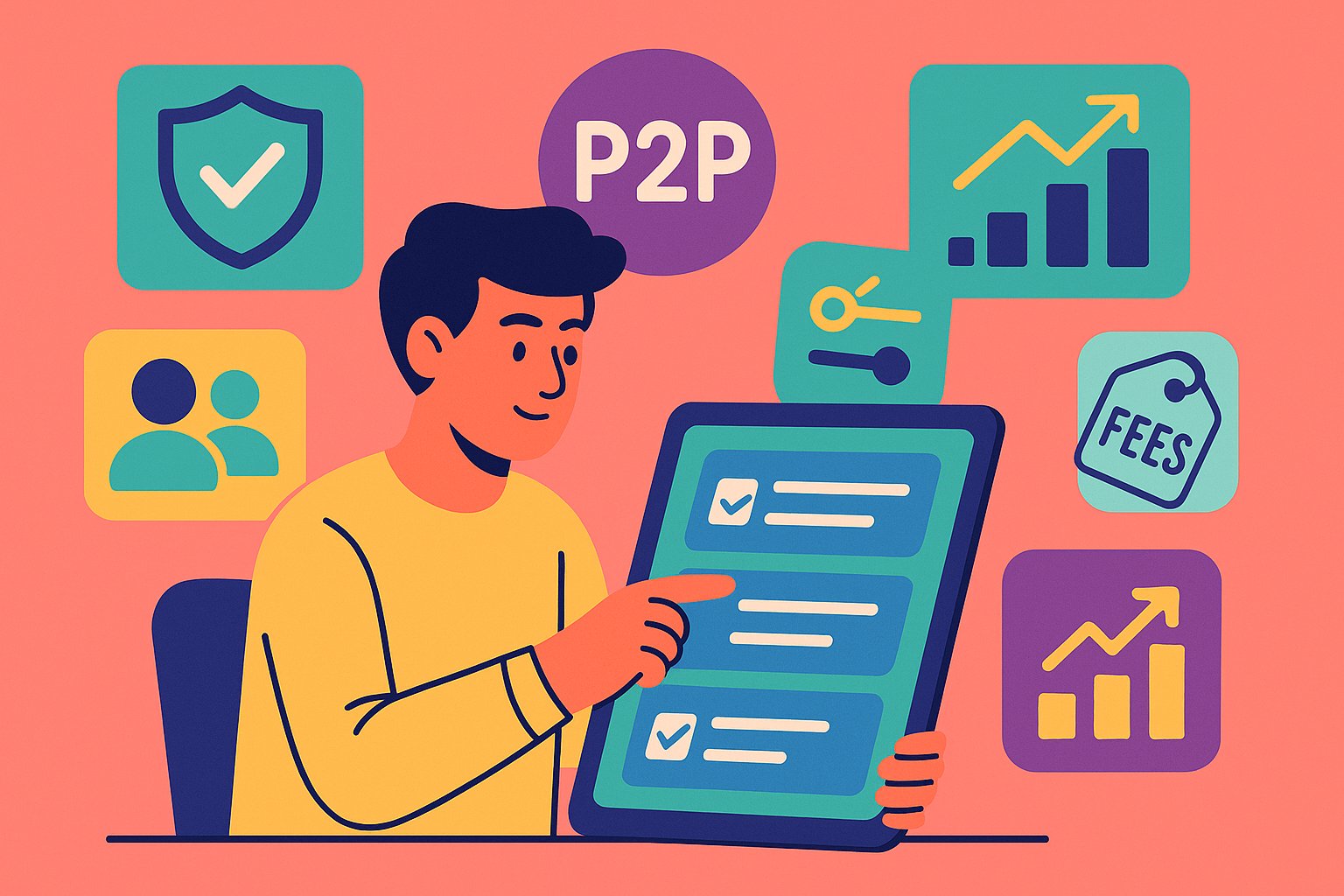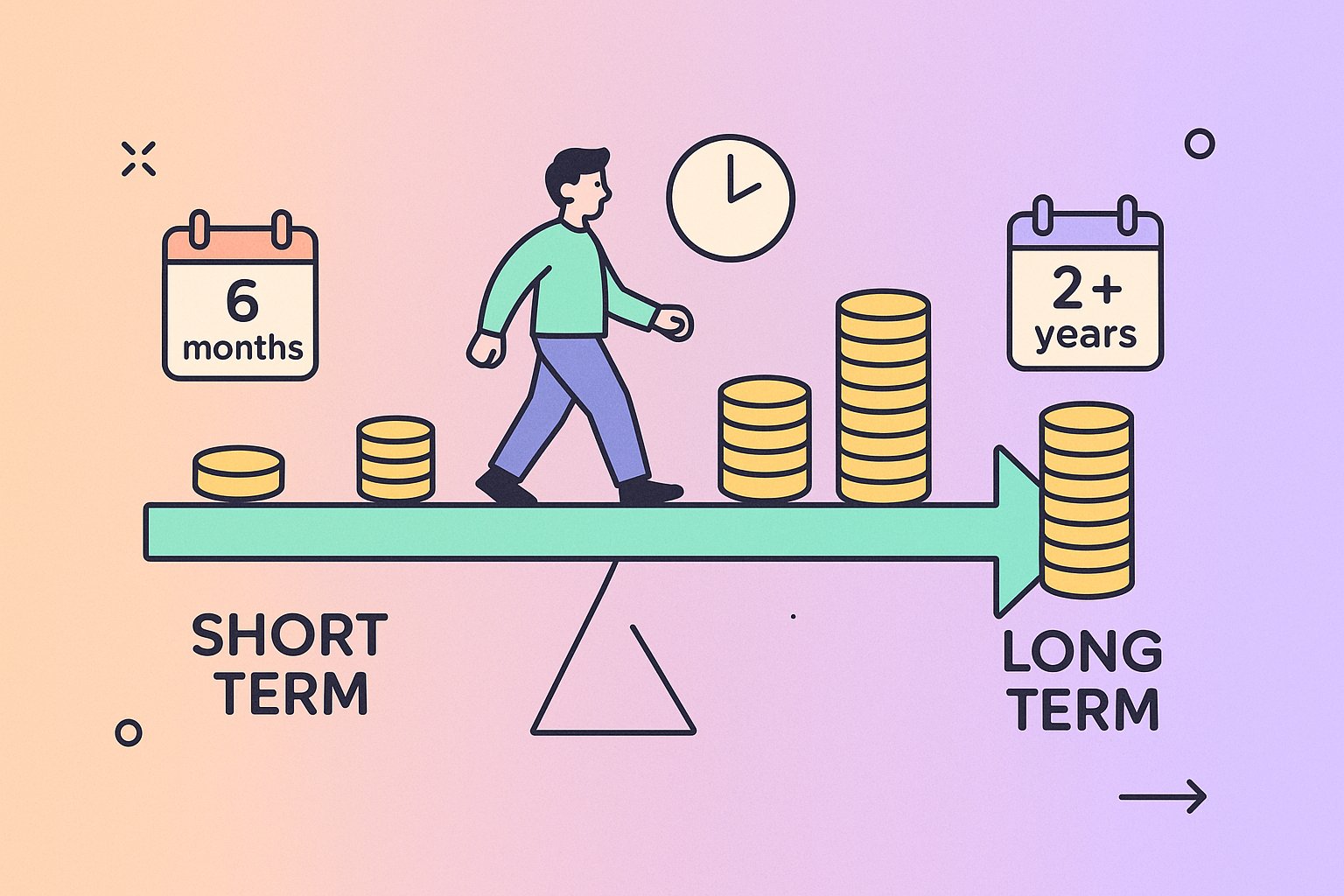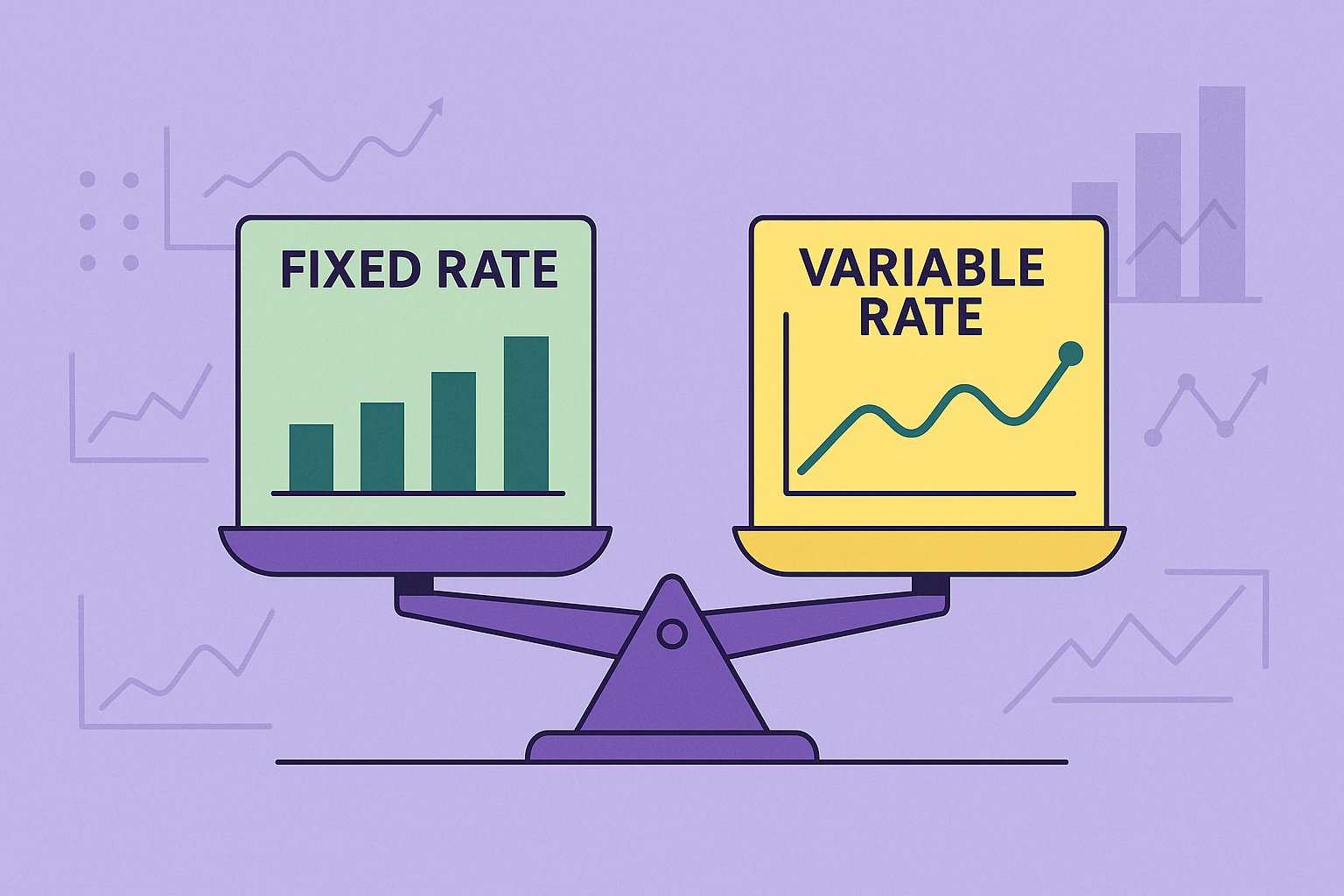Unlocking the Best P2P Lending Platforms for Maximum Success
Peer-to-peer (P2P) lending has revolutionized the way individuals and businesses access financing, enabling them to bypass traditional banks and connect directly with investors. As this fintech model gains traction, choosing the right platform can make all the difference between a seamless borrowing or investment experience and a frustrating one. From intuitive dashboards to advanced risk analytics, the features embedded within P2P marketplaces directly influence user satisfaction, portfolio performance, and overall outcomes. In this article, we explore the top platform attributes that both borrowers and lenders should prioritize when navigating the rapidly expanding world of P2P lending.
Navigating with Ease: Intuitive User Interface and Seamless Onboarding
First impressions matter, and in P2P lending, a platform’s user interface can determine whether a prospective borrower or investor stays or bounces. The ideal P2P marketplace offers a clean, intuitive dashboard that instantly guides users through each step of the journey—from account creation to funding disbursement. For borrowers, seamless onboarding means minimal data entry, clear prompts for necessary documents (such as identification and bank statements), and helpful tooltips that clarify terms like “debt-to-income ratio” or “credit score requirement.” Likewise, investors appreciate an interface that visually breaks down borrower profiles, credit grades, and expected returns in an easily digestible format. When registration, credit inquiries, and loan submissions happen smoothly—without confusing jargon or needless clicks—users feel empowered and confident. This immediacy reduces drop-off rates, encourages repeat engagement, and boosts overall platform reputation.
Data-Driven Insights: Robust Credit Assessment and Risk Analytics
Behind every successful P2P lending transaction lies sophisticated risk analysis. Savvy borrowers trust platforms that deploy advanced credit modeling—leveraging both traditional credit bureau data and alternative data sources like employment history, income verification, and banking transaction patterns. For lenders, the ability to drill down into borrower credit grades, default probability estimates, and historical performance metrics is invaluable. Platforms that integrate machine learning algorithms and real-time risk scoring empower investors to filter loan listings with precision, aligning portfolio allocations with personal risk tolerances. When a P2P marketplace highlights detailed borrower profiles—complete with debt-to-income ratios, past repayment behavior, and even industry-specific context—it transforms raw data into actionable insights. This level of transparency not only enhances investor confidence but also encourages responsible borrowing by attaching clear, data-backed parameters to each loan offer.
Clarity at Every Turn: Transparent Fee Structures and Competitive Rates
Hidden fees can erode trust overnight, so top-tier P2P platforms emphasize transparency in their fee schedules. Whether borrowers are charged origination fees, late payment penalties, or servicing costs, these charges should be displayed prominently before any agreement is signed. Likewise, investors need clarity on platform servicing fees, transaction fees, or loan bidding fees that subtly impact net returns. Competitive interest rates—tailored to borrower credit grades and market demand—also play a pivotal role. A borrower examining two peer-to-peer offerings will gravitate toward the marketplace that clearly breaks down the APR, origination fee percentage, and net proceeds in one consolidated view. For investors, juxtaposing headline yields with any platform commissions or servicing fees eliminates unwelcome surprises when disbursed interest arrives. By curating an environment where fees and rates are crystal clear, P2P marketplaces foster long-term relationships built on trust and mutual benefit.
Tailored Financing: Diverse Loan Options and Flexible Terms
No two borrowers are alike, and a robust P2P platform reflects that reality by offering a diverse range of loan products and terms. From short-term personal loans for debt consolidation to multi-year business loans for growth capital, top platforms enable borrowers to select the structure that best aligns with their goals. Flexibility in loan amounts—a typical range of $1,000 up to $50,000 or more—caters to both small-ticket and mid-level financing needs, while adjustable term lengths (six months to five years) accommodate varying cash flow scenarios. Some P2P marketplaces even provide specialized loan categories, such as medical expense financing or green energy projects, attracting niche audiences. On the investor side, the ability to participate in short-duration notes for rapid capital turnover or longer-duration notes for higher yield potential allows portfolio customization. When borrowers and lenders alike can mix and match loan products to align with personal objectives, the platform fosters a dynamic, inclusive ecosystem.
Efficiency in Investing: Automated Investing Tools and Portfolio Management
Building a diversified P2P portfolio can be time-consuming without the right automation features. Leading platforms offer auto-investing tools that allow investors to define customizable filters—credit grade thresholds, loan term preferences, minimum yield targets—and automatically deploy capital into matching loan listings. This “set it and forget it” approach ensures steady portfolio growth, even as new loans continuously cycle on and off the marketplace. Comprehensive portfolio dashboards display performance metrics like weighted average interest rate, historical net returns, current outstanding principal, and default loss estimates. Interactive charts help visualize diversification across credit grades, industries, and loan durations, enabling investors to spot concentration risks or gaps at a glance. By automating repeatable processes and centralizing data in one intuitive view, P2P platforms eliminate manual burdens, giving investors more time to fine-tune strategies and uncover emerging opportunities.
Security First: Secure Payment Processing and Funds Disbursement
Security is non-negotiable in any financial domain, and P2P lending is no exception. Top marketplaces invest heavily in encryption protocols, multi-factor authentication, and secure socket layer (SSL) technology to protect sensitive user data—ranging from bank credentials to personal identification documents. When it comes to transferring funds, platforms often partner with established payment processors or custodial services that hold capital in segregated trust accounts. For example, once a borrower’s loan is fully funded, the escrowed funds should flow seamlessly to the designated bank account, with clear notifications sent to both borrower and investor. Any delay or inconsistency in disbursement can undermine confidence, potentially leading users to look elsewhere. Moreover, transparent tracking of loan repayments—showing exactly how monthly payments are allocated between principal and interest—reinforces a culture of accountability. Robust security measures and transparent payment workflows not only protect users but also elevate the platform’s professional reputation in a competitive landscape.
Human Touch in a Digital World: Responsive Customer Support and Educational Resources
Even the best-designed P2P platforms occasionally raise questions—from troubleshooting login issues to clarifying repayment options. In these moments, prompt and empathetic customer support becomes a differentiator. Whether through live chat, email, or phone support, timely responses—ideally within 24 hours—ensure users remain engaged and confident. Investing in a well-maintained knowledge base or FAQ section further enhances the user experience. Articles that demystify terms like “APR,” “loan servicing fee,” or “prepayment penalty” empower borrowers and investors to self-educate. Beginner-friendly tutorials—such as video walkthroughs of the loan application process or step-by-step auto-investing guides—demonstrate a commitment to financial literacy and help users maximize platform features. By blending digital convenience with human support, P2P marketplaces cultivate trust, foster user loyalty, and reduce friction for both novice and experienced participants.
On-the-Go Capabilities: Mobile Accessibility and Real-Time Notifications
In an increasingly mobile-driven world, P2P users demand access to their accounts and portfolio insights wherever they are. A responsive mobile app—or at minimum, a mobile-optimized website—allows borrowers to check application statuses, upload documents, or accept loan offers from a smartphone or tablet. Meanwhile, investors can view real-time performance metrics, track incoming payments, and monitor new loan listings on the go. Push notifications play a critical role in keeping all parties informed: borrowers receive alerts when loan milestones are reached or when payments are due, while investors are notified when auto-invest criteria are met or when loans enter repayment. By embedding mobile capabilities and real-time alerts, P2P platforms ensure users remain engaged, no matter how hectic life gets. This “always-on” connectivity transforms lending from a static transaction into a dynamic, interactive experience.
Building Trust: Platform Reputation and Regulatory Compliance
Beyond features, the long-term viability of a P2P platform hinges on its credibility and regulatory standing. Well-established marketplaces often publish regular updates—quarterly or annual reports—that detail portfolio performance metrics, default rates, and investor returns. Transparency in these metrics allows users to benchmark historical outcomes and gauge platform health. Furthermore, adherence to relevant regulations—whether consumer protection laws, securities regulations, or data privacy standards—offers additional reassurance. Platforms that secure third-party audits or certifications, such as SOC 2 compliance or ISO 27001, elevate their standing in the eyes of both borrowers and institutional investors. For new entrants comparing multiple P2P options, a platform’s track record—years of operation, total loans funded, and industry awards—serves as a proxy for operational stability. In a rapidly evolving fintech landscape, regulatory compliance and an unblemished reputation cultivate trust and encourage long-term engagement.
Choosing the Right Fintech Partner for Your Goals
As peer-to-peer lending continues to disrupt traditional financial channels, the myriad of platform features can both empower and overwhelm prospective users. From intuitive user interfaces and automated investing tools to robust risk analytics and regulatory compliance, the attributes outlined above serve as critical differentiators. Borrowers seeking transparent, hassle-free financing should prioritize platforms with seamless onboarding, clear fee disclosures, and flexible loan options. Investors aiming for consistent yields and diversified portfolios will benefit from automated tools, detailed performance dashboards, and advanced credit assessment models. By carefully evaluating these top platform features—alongside personal goals, risk appetite, and long-term objectives—you position yourself to harness the full potential of P2P lending. The right marketplace partner not only simplifies borrowing and investing but also propels your financial journey toward greater success.




